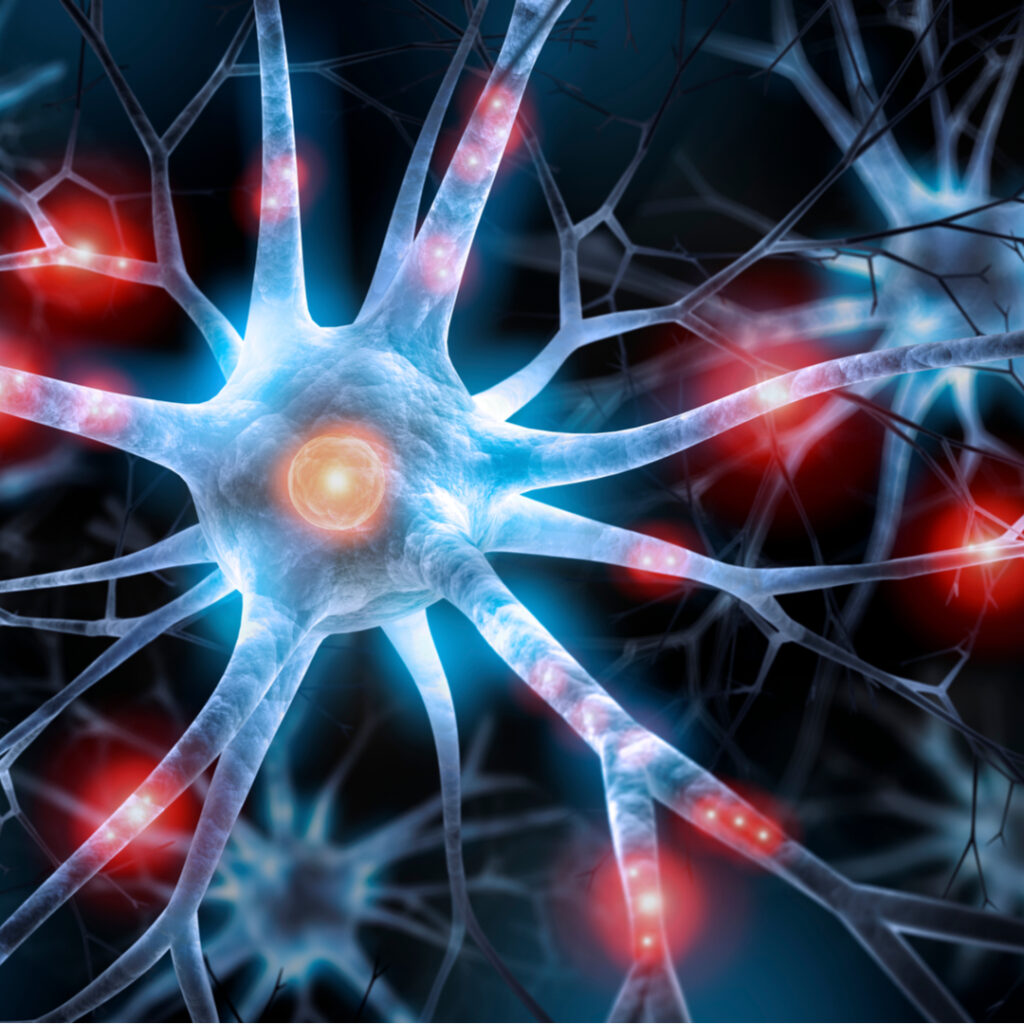In our world of pain medicine, we as specialists often use terminology that is poorly understood. Having a basic understanding some of the words used can greatly empower patients to understand their chronic pain problem and the treatment plan offered better. This article aims to break down the 10 commonly used terms used in pain medicine, providing you with clear explanations, examples, and related terms.
1. Pain
Pain is an unpleasant sensory and emotional experience associated with actual or potential tissue damage, or described in terms of such damage. Pain is subjective and unique to each individual. It acts as a warning system for our bodies, signalling that something is wrong and needs attention.

2. Acute Pain
Acute pain, also known as short-term pain, is a type of pain that typically lasts for a relatively brief duration, usually less than 3 months. It arises from a specific cause such as surgery, injury, or infection, serving as a protective mechanism that alerts us to take immediate action in order to prevent further harm. This type of pain is a vital warning sign, urging us to address the underlying cause and seek appropriate treatment. As the underlying cause is effectively addressed or the affected area heals, acute pain usually subsides, allowing the body to regain its normal pain free state.
3. Chronic Pain
Chronic pain is persistent, ongoing pain that lasts longer than 3 months. It may be caused by an initial injury or condition, but it can also manifest without a clear cause. Chronic pain can have a significant impact on a person’s daily life, often affecting mental and emotional well-being, sleep, and overall quality of life.
4. Nociceptive Pain
Nociceptive pain is a type of pain that results from the activation of pain receptors (nociceptors) in response to potentially harmful stimuli, such as heat, cold, or pressure. It is typically associated with tissue damage or inflammation, like that experienced during an acute injury, such as a fractured arm or arthritis.
5. Neuropathic Pain
Neuropathic pain is caused by dysfunction or injury to the nervous system. This type of pain occurs when nerve fibers become damaged or dysfunctional, leading to abnormal pain signals sent to the brain. Examples include diabetic neuropathy, occipital neuralgia or post-herpetic neuralgia.
6. Nociplastic Pain
Nociplastic pain, also known as central sensitization pain, is a relatively new term used to describe a complex phenomenon. It refers to pain that originates from altered nociception, meaning the way our nervous system detects and processes pain signals, even in the absence of any evident tissue damage or inflammation. This type of pain is often associated with chronic conditions such as fibromyalgia, irritable bowel syndrome (IBS), or chronic pelvic pain syndrome.
In nociplastic pain, the nervous system becomes hypersensitive, amplifying pain signals and causing individuals to experience pain more intensely than expected. Understanding and recognizing nociplastic pain is crucial for effective management and treatment of these chronic pain conditions.
7. Allodynia
Allodynia refers to a heightened sensitivity to touch or other stimuli that should not normally cause pain. For example, some individuals with neuropathic pain may experience pain when they lightly brush their skin or wear clothing.

8. Central Sensitisation
Central sensitisation is a process where the central nervous system (brain and spinal cord) becomes overly sensitized to pain signals, causing a heightened perception of pain. This can result in allodynia, hyperalgesia (increased pain sensation), or the persistence of pain even after the initial cause resolves.
9. Pain Threshold
The pain threshold is the point at which a stimulus (such as pressure, heat, or cold) elicits a painful sensation. This threshold can vary between individuals and can be influenced by factors like stress, sleep, and mood.
10. Pain Tolerance
Pain tolerance is the maximum level of pain that an individual is willing to endure. This can also vary between individuals and can be influenced by factors like genetics, previous experiences with pain, and coping strategies.
Conclusion
Understanding these commonly used terms in the world of pain medicine can help patients better communicate with their healthcare providers about their pain. It is important to remember that pain is complex and multifaceted, and it may require a combination of treatments to effectively manage it. By having a good understanding of these terms, patients can play an active role in their pain management and make informed decisions about their treatment plan.
References:
- International Association for the Study of Pain. (2022). IASP Pain Terminology. Available at: [https://www.iasp-pain.org/resources/terminology/](https://www.iasp-pain.org/resources/terminology/).
- Australian and New Zealand College of Anaesthetists (ANZCA). (2020). “Acute Pain Scientific Handbook.” Available at: https://www.anzca.edu.au/resources/endorsed-guidelines/acute-pain-scientific-handbook.
- Chapman, C.R., Vierck, C.J., 2017. ‘Pain as a disease: an overview’, Journal of Pain Research, 10, pp.2003-2008. Available at: https://www.tandfonline.com/doi/abs/10.2147/JPR.S138864.
- Treede, R.-D., Jensen, T.S., Campbell, J.N., Cruccu, G., Dostrovsky, J.O., Griffin, J.W., Hansson, P., Hughes, R., Nurmikko, T., Serra, J., 2008. ‘Revised definition of neuropathic pain and its grading system: an open case series illustrating its use in clinical practice’, The Clinical Journal of Pain, 24(5), pp.407-408. Available at: https://www.sciencedirect.com/science/article/pii/S0002934309003945.
- Merskey, H., Bogduk, N., 2016. ‘Updating the definition of pain’, Pain, 157(11), pp.2420-2423. Available at: https://journals.lww.com/pain/fulltext/2016/11000/updating_the_definition_of_pain.6.aspx

Dr. Ilonka Meyer is the Clinical Director and Founder of MindBodyPainSpecialists. She also holds an appointment as Acting Director of the Pain Service and Pain Specialist at the Austin Hospital in Heidelberg, Melbourne. Ilonka has a strong interest in interventional pain treatments, peri-operative pain and medication optimisation and cancer pain.
Ilonka is skilled in Clinical Research, Medical Education, Coaching, and Healthcare Management. Her main research focus lies in interventional pain medicine in the peri-operative population, cancer pain and the health economic benefits of pain and medication optimisation in patients both pre-and postoperatively.
